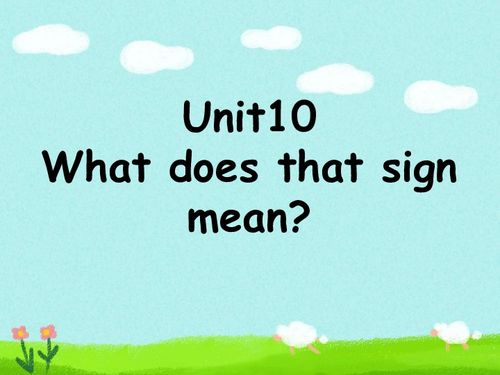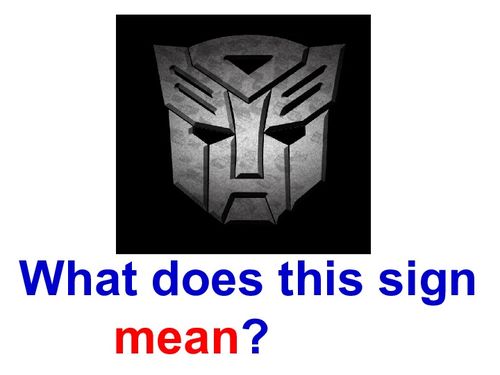What Does Tone Mean?
Understanding the concept of tone is crucial in various contexts, from literature to communication. Tone refers to the attitude or feeling conveyed by a speaker or writer. It can significantly impact how a message is received and interpreted. Let’s delve into the different dimensions of tone and how it shapes our interactions and experiences.
What is Tone?

Tone is the emotional color or mood of a piece of writing or a spoken message. It is the writer’s or speaker’s attitude towards the subject matter, the audience, or the situation. Tone can be conveyed through the choice of words, the structure of the message, and the delivery or presentation style.
Types of Tone

There are several types of tone, each with its unique characteristics:
| Type of Tone | Description |
|---|---|
| Formal | Used in professional settings, formal tone is serious, respectful, and objective. It avoids slang and overly casual language. |
| Informal | Informal tone is relaxed and friendly, often used in personal conversations or among close friends. It may include slang and colloquial expressions. |
| Humorous | Humorous tone is light-hearted and playful, often used to entertain or amuse the audience. It may involve puns, sarcasm, or irony. |
| Angry | Angry tone is characterized by frustration, irritation, or annoyance. It often involves harsh language and a confrontational style. |
| Enthusiastic | Enthusiastic tone is lively and positive, conveying excitement and interest. It often includes exclamation marks and positive language. |
How Tone Impacts Communication

The tone of a message can greatly influence how it is received and interpreted. Here are a few ways in which tone can impact communication:
-
Clarity: A clear and consistent tone helps ensure that the message is understood correctly. Confusing or mixed tones can lead to misunderstandings.
-
Reception: The tone of a message can affect how the audience perceives the speaker or writer. A positive tone can make the message more appealing, while a negative tone can be off-putting.
-
Impact: The tone of a message can enhance or diminish its impact. A passionate and enthusiastic tone can inspire action, while a passive and indifferent tone may fail to motivate.
Understanding Tone in Literature
In literature, tone plays a crucial role in shaping the reader’s experience. It can evoke emotions, set the mood, and create a sense of atmosphere. Here are a few examples of how tone is used in literature:
-
Example 1: In “To Kill a Mockingbird,” Harper Lee uses a serious and solemn tone to convey the gravity of the racial injustice faced by the characters.
-
Example 2: In “The Great Gatsby,” F. Scott Fitzgerald employs a nostalgic and melancholic tone to reflect the disillusionment of the 1920s.
-
Example 3: In “1984,” George Orwell uses an ominous and oppressive tone to depict the dystopian society of the future.
Improving Your Tone in Communication
Improving your tone in communication can help you convey your message more effectively. Here are a few tips:
-
Be Mindful of Your Language: Choose words that convey the desired tone. Avoid using slang or overly casual language in formal settings.
-
Consider Your Audience: Tailor your tone to the audience’s preferences and expectations. A friendly tone may be appropriate for close friends, while a formal tone is better for professional settings.
-
Practice Active Listening: Pay attention to the tone of others’ messages and respond accordingly. This can help




